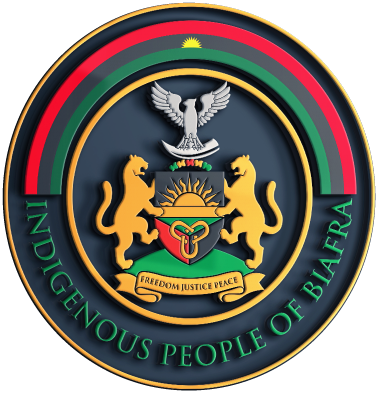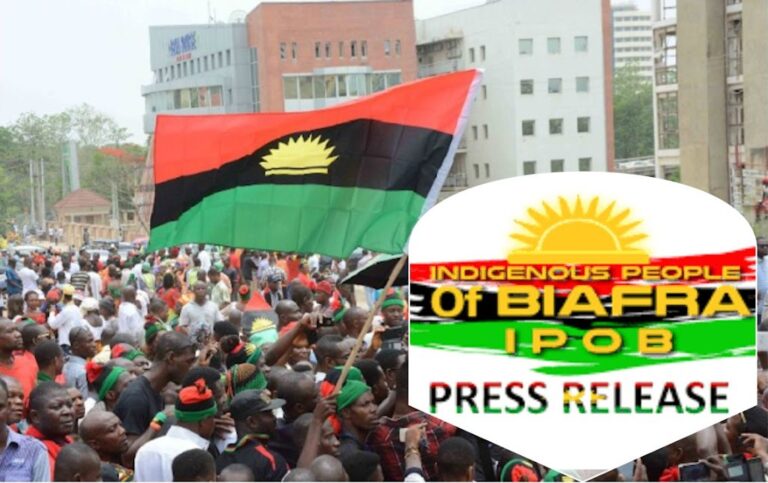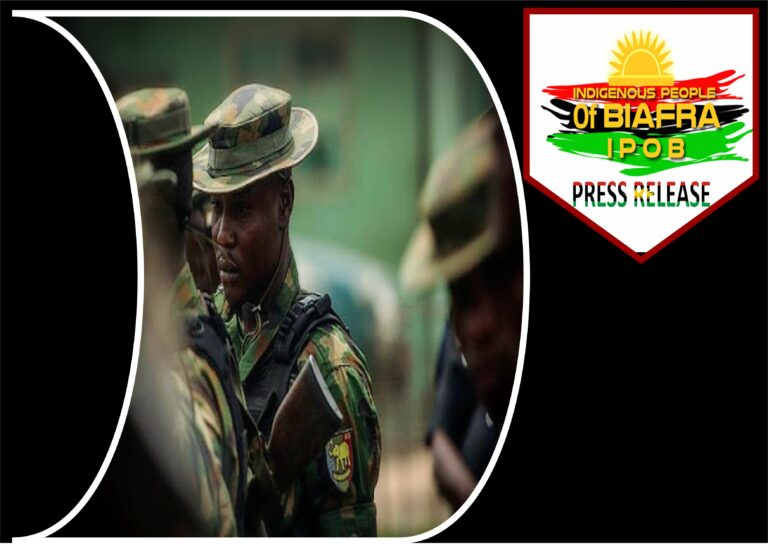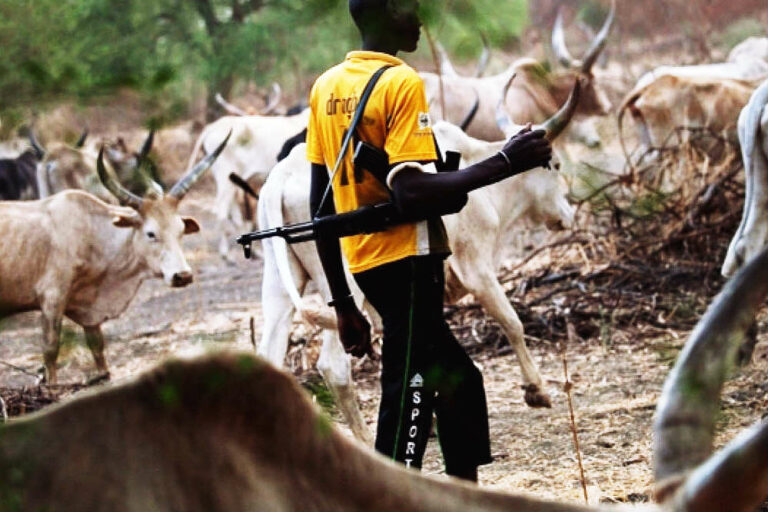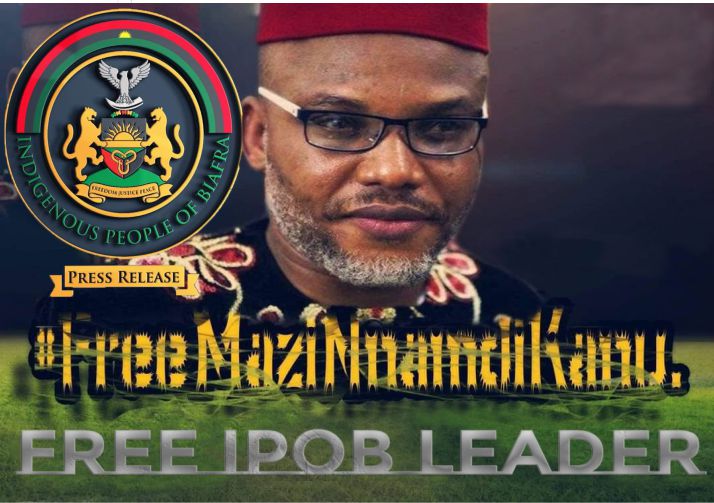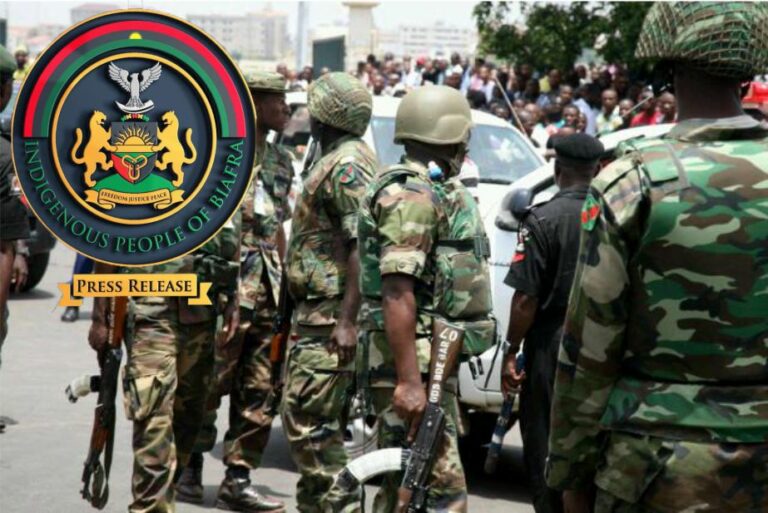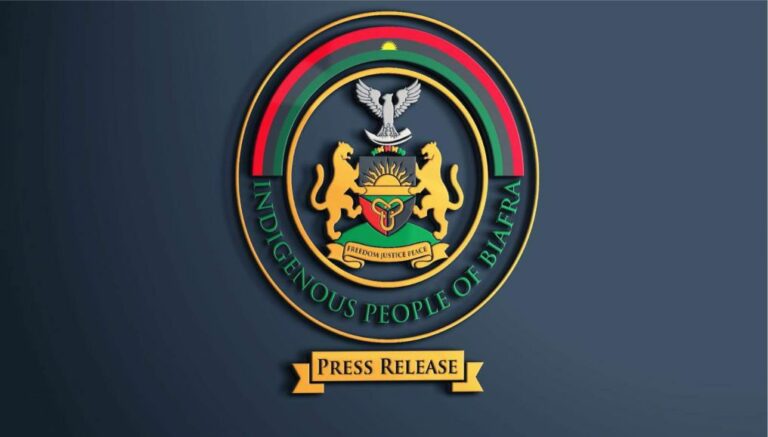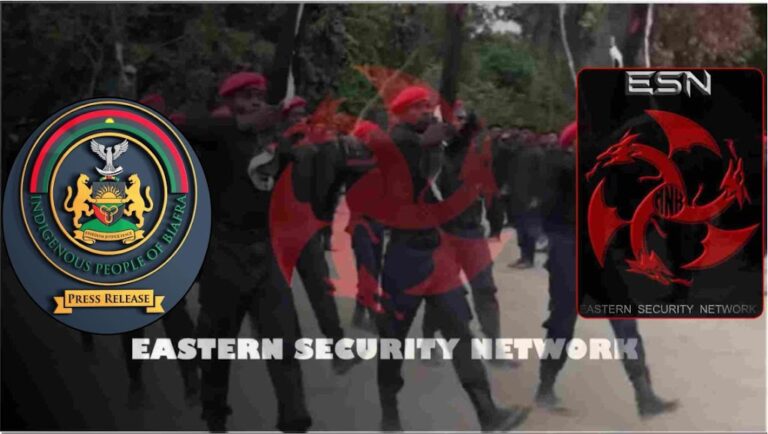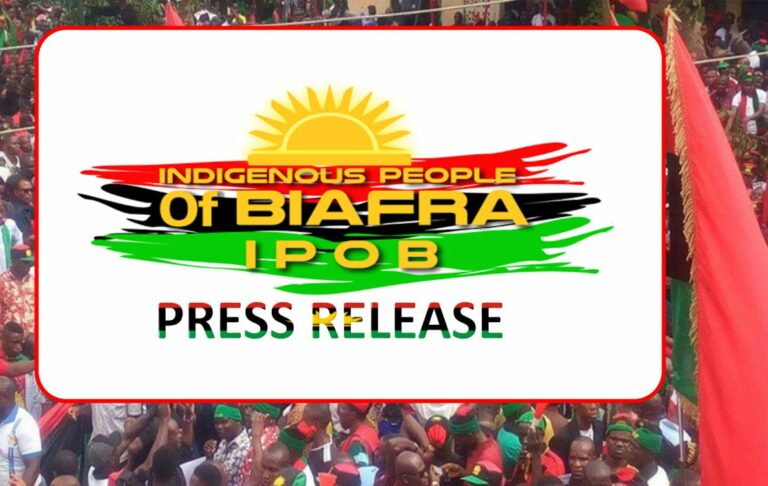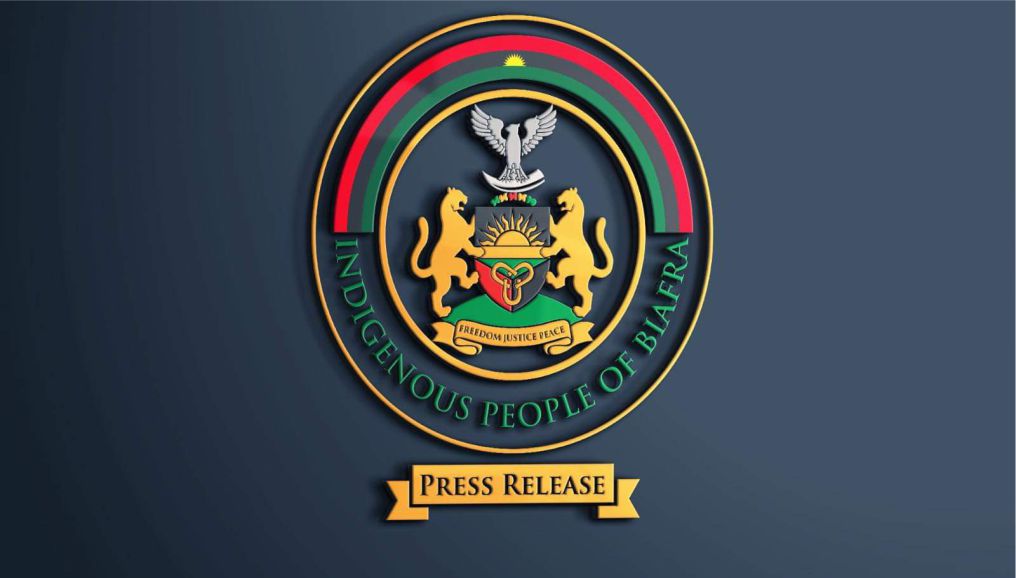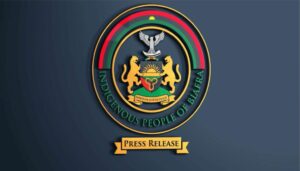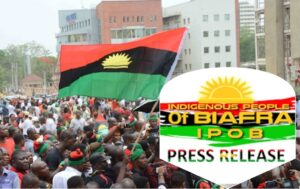29th JULY, 1966
As a result of the strong opposition which had manifested t itself to the “unification” decree, Gen. Ironsi undertook a series of tours of the Nigerian provinces to seek the advice of the traditional rulers. In the early hours of 29th July while staying in Ibadan with the Military Governor of the West, Lt. Col Adekunle Fajuyi, the Supreme Commander was kidnapped and subsequently murdered together with his host. In a nationwide mutiny all servicemen of Eastern origin in the North and West were killed incarcerated or escaped to Eastern Nigeria. Several soldiers of Western and Mid-Western origin were also killed. Lt. Col Gowon a Northern officer who had been Chief of Staff, Army, under General Ironsi, then assumed the position of Supreme Commander.
Little has been published by the Federal Government on the mutiny. The only source of detailed information is the Eastern Government publication January 15th: Before and After. Published in March 1967 by the Government Printer. Enugu, this publication describes in detail the events of 29th July and thereafter, lists by number, rank and name 43 of the officers and 171 of the other ranks who met their deaths and gives a full account of the manner in which the mutiny was organised. A list is also published of 128 of the Northern officers and men “known to have taken an active part in the event” including those immediately responsible for the arrest, “torture and dishonourable death” of the Supreme Commander and the West Military Governor.
Such a wealth of detail has been given that it should not have been difficult for the Lagos authorities to have disproved the allegations had they not been true. For instance, the production alive of some of the officers and other ranks listed as murdered would have thrown considerable doubt on the whole account. Failing any such rebuttal, serious weight must be given to other allegations contained in this publication which are of significance to the unhappy history of Nigeria since independence.
1. “In accordance with the decades-old policy of the North the aim of the 29th July massacres was clearly two-fold: to split the country and establish ‘an independent REPUBLIC OF THE NORTH’ or to re-establish the dominance of the North (in co-operation with some elements in the West) over the rest of Nigeria.”
2. “The D-Day was given the code name ARABA (Hausa for SECESSION) DAY.”
3. “In Lagos Lt. Col. Yakubu Gowon, Chief of Staff, Army, was to install himself in the Central Operations Room to enable him discharge his over-all responsibility for co-ordinating the operations throughout the country. In the North the Military Governor, Lt. Col. Hassan Usman Katsina, was to disappear so that no authority could have access to him to direct any counter-action. In the East the Military Governor, Lt. Col. Odumegwu Ojukwu, was to be killed as early as possible.”
4. “If secession was eventually effected, Lt. Col. Gowon, the officer already selected for the post, was to declare himself the ‘Supreme Commander’ of the ‘Republic of the North’. The North was to lower the Nigerian flag and hoist the Northern flag which was a bold piece of cloth with lateral stripes of red, yellow, black, green and khaki. But if the North resumed its dominance over the rest of Nigeria, Gowon was to declare himself ‘Supreme Commander of the Armed Forces and Head of the National Military Government of Nigeria’ ”
5. “Ikeja, too, soon became the rebel headquarters into which Lt. Col. Gowon and his men moved immediately. It became clearly that his role in the Central Operations Room in Lagos would be detected. Gowon hoisted and flew in front of the 2nd Battalion Headquarters at Ikeja the secessionist red, yellow, black, green and khaki flag of the ‘Republic of the North’ from the end of August.”
6. “The transparent fabrication that he (Gowon) was taken to Ikeja ‘under duress’ and that no one else could control the rebels is too fool-proof to deceive anyone. But even if Lt. Col. Gowon alone could control the rebels should a nation then hand over the command of its Army and the determination of its destiny to anyone — a lieutenant Colonel, a sergeant or a corporal — because he is the leader of rebels?”
January 15th: Before and After alleges in addition that the 29th July mutiny was instigated by, and planned in co-operation, with, certain discredited Northern ex-politicians. The ex-politicians and the Northern officers with whom they plotted are named and the plans, methods of communications and funds described in some detail. It is therefore interesting to note the comment of Peter Enahoro who, as Editor-in-Chief of the Lagos Daily Times, contributed an article on the Nigerian political situation which appeared in the Guardian of 12th September, 1966. “Collusion between army officers and politicians who had much to lose in Ironsi’s latter-day commissions of enquiry into public corporations, the probing of personal bank accounts of all ex-politicians, and the muted plan to seize ill-gotten gains, is the more likely reason for the 29th July revolt.”
Mr. Enahoro’s view was in more general terms reflected by John Bulloch who wrote on 22nd October in the Daily Telegraph:
“Those who could gain from plunging the country into chaos would be the traditional rulers of the North and the politicians there who had manipulated the puppets of Lagos for so long. It is the politicians of Nigeria . . . who began the tragic train of events which has brought this country within a hair’s breadth of dissolution. Their corruption and contempt for the people, and their acceptance of domination by one section, caused the original military take-over last January. That rebellion involved officers from many different parts of the country, but it brought to power General Ironsi, an Ibo. His regime was welcomed in the belief it would sweep away the ostentatious self-interest which was the guiding light of the civilian politicians, and he could also claim at least a semblance of legality, as the government members who were still alive asked him to take control. But he could not command the allegiance of the North, as the May riots in which at least 3,000 were killed was to show. On 29th July came the second revolution, this time by Northern soldiers, Ironsi was kidnapped and has not been heard of since, though Easterners persist in regarding him as head of Government.”
The Federal Government has released few details of the course of event on 29th July though a White Paper has been promised which will set out the “full circumstances as far as they can be ascertained”. Nigeria 1966 confines itself in the main to suggesting that there were “wildly circulating rumours that the ‘uncompleted’ job of 15th January was to be finished by eliminating the remaining officers of non-Eastern origin…. There were also rumours of a counter-coup planned by some Northern elements in the Army with the assistance of civilians’. There is no explanation of how the 15th January revolutionaries, all of whom were in detention at the time, were to be able to finish their “uncompleted job”. Nigeria 1966 goes on to describe how “those of Northern origin” in Abeokuta became apprehensive, “took their weapons” . . . “shot three of their officers on the spot and in-fighting within the army spread to Ibadan, lkeja and then the units in the North followed”.
Although the Federal account gives heavy emphasis to the “wildly circulating rumours” of an Ibo plot and ends with the suggestion that the 29th July and 15th January coups should be regarded simply as tribal tit for tat, it does not in any material particular contradict the far more detailed Eastern version.
The Northern mutineers failed to gain control of Eastern Nigeria. Lt. Col Ojukwu broadcast to the nation on the 1st August to announce that a cease-fire had been agreed with the rebels. He said:
“In the course of this rebellion, I had discussions with the Chief of Staff, Supreme Headquarters, Brigadier Ogundipe, who as the next most senior officer, in the absence of the Supreme Commander, should have assumed command of the Army, my colleagues the other Military Governors, and the Chief of Staff, Army Headquarters, Lt. Col. Gowon. During these discussions it was understood that the only conditions on which the rebels would agree to a cease-fire were:
(i) that the Republic of Nigeria be split into its component parts;
(ii) that all Southerners resident in the North be repatriated to the South, and all Northerners resident in the South repatriated to the North.
“In spite of the fact that the only representations made at these ceasefire negotiations were those of the rebels and their supporters in the North, and notwithstanding that the views of the people of the Eastern Group of Provinces had not been ascertained, it was agreed to accept these proposals and further bloodshed.”
It is important to note that the Military Governor of the East did not recognize the legality of Lt. Col Gowon’s assumption of the position of Supreme Commander. Indeed, the murder of Gen. Ironsi was not publicly admitted by the Gowon regime until after the Aburi meeting of the Supreme Military Council in January 1967. Until that time at least, therefore, Lt. Col. Ojukwu, as Military Governor of Eastern Nigeria negotiated with Lt. Col. Gowon, as Chief of Staff, Army, and acknowledged leader of the rebels controlling Lagos, the West and the North. In this connection a chance outburst by Chief Obafemi Awolowo who led the West Delegation to the Constitutional Conference in Lagos at the end of September is relevant. Referring to what he considered to be the time-wasting tactics of the Northern Delegation, he said:
“Some people wanted a more prolonged approach to the work of this Conference and it has now transpired that we have not made much progress after five days of meeting. I think most people are tired with the present army occupation in the country. If one section of the country feels that because they are in control and in occupation therefore the Conference may go to hell, that does not suit this delegation.” (The Ad Hoc Conference on the Nigerian Constitution, Nigerian Crisis 1966, Vol. 4, Government Printer, Enugu.)
Following the cease-fire agreed with the rebels by Lt. Col Ojukwu a meeting of representatives of the four Military Governors and Lt. Col. Gowon was convened to consider what immediate steps could be taken to allay the fears arising from the state of tension in the country. The meeting took place in Lagos on 8th and 9th August and unanimously recommended:
1. Troops should be sent back to barracks in their region of origin;
2. The abrogation of any decrees which assumed centralisation, i.e. which detracted from the previous powers of each region;
3. That Lagos should be garrisoned “in a manner to be determined by the Military Governors”;
4. A Constitutional Conference should be constituted to work out the most suitable form of political association for the country, the said conference to meet within a week from the 9th August.
Of these four recommendations only the fourth was acted upon (with some delay) by Lt. Col. Gowon: The Ad Hoc Constitutional Conference began its deliberations on 12th September. The implementation of the first three recommendations, which would have resulted in the end of Northern military occupation of the West and Lagos and in removing the fear of domination by one region over the others, remained one of the major items on the agenda five months later when the Supreme Military Council met at Aburi, in Ghana.
When the Constitutional Conference did eventually convene at Lagos on 12th September their deliberations took place in an atmosphere of increasing tension and were finally adjourned on Monday, 3rd October, by which time a campaign of terror had already been unleashed on Easterners resident in the North which was to claim ten times as many victims as the riots in May and which was to lead to the exodus from Northern Nigeria of about 1.8 million Easterners.
LISTEN TO AUDIO RECORDING: Biafra The Case For Independence Audio – Part 2
LISTEN TO AUDIO RECORDING: Biafra The Case For Independence Audio – Part 2
